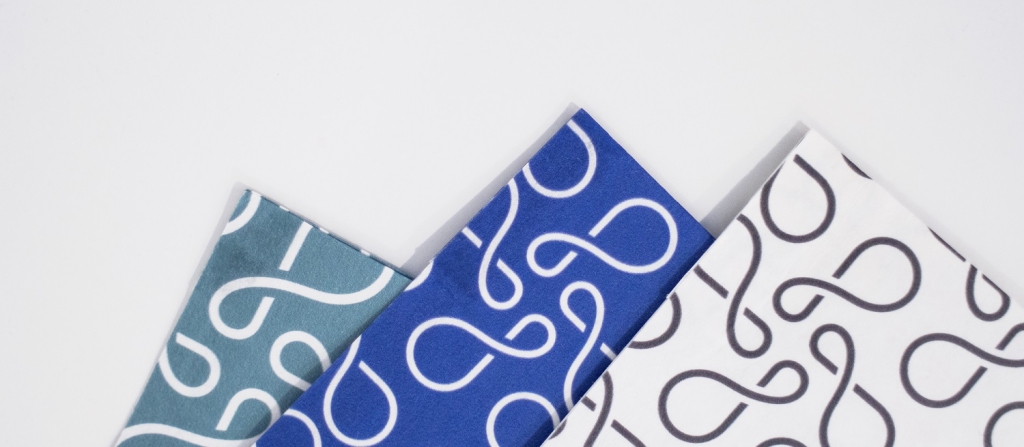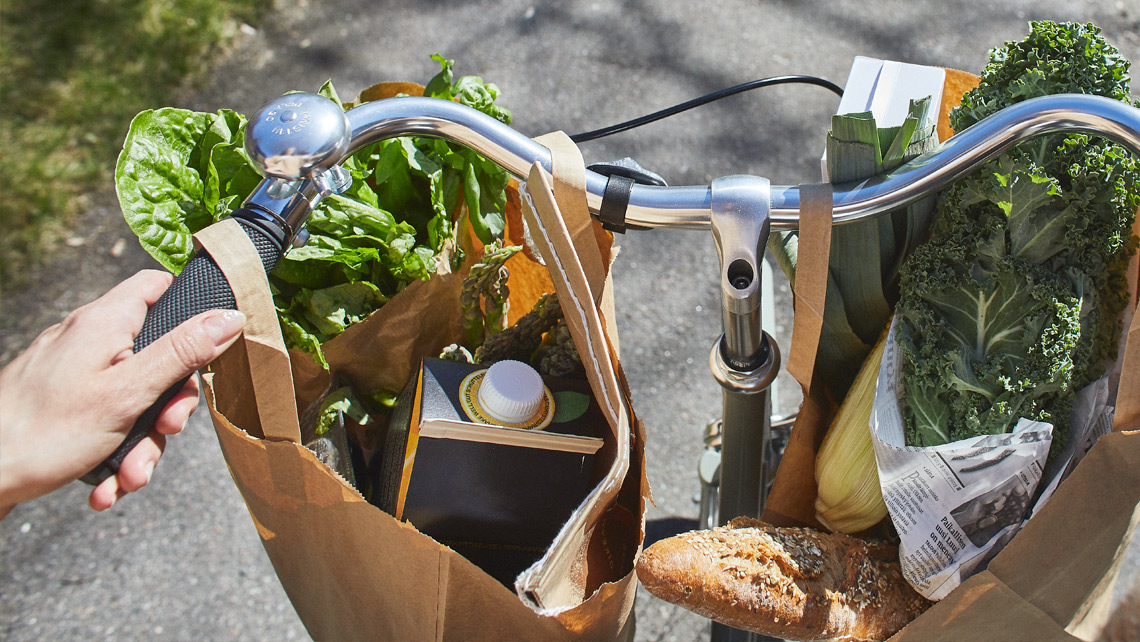Imagine if we could replace all the plastic in the world
Somewhere in the middle of the Pacific Ocean is a patch of garbage twice the size of Texas. Much of the waste is plastic. And it’s not just the one patch. In fact, one quarter of the earth’s ocean surface now accumulates floating plastic waste. “This is something humankind should be ashamed of,” Esa says.
Esa is a co-founder and Head of Business Development at Paptic, a Finnish startup dedicated to replacing plastics in many end uses. “Plastic always finds its way into nature and from there it ends up in the oceans. It even escapes from recycling systems. At least 10 million tons of plastic ends up in the world’s oceans every year. That’s more than 1 kg of plastic for every person on the planet. Imagine if we could replace all the plastic in the world.”
Imagine if we could replace all the plastic in the world.
“At Paptic, we can do it. We’ve developed a material that replaces plastic. It’s a bio-based material made from wood fibers. It has a premium look and feel, we can use it to make carrier bags and flexible packaging, and it can replace plastics in other applications, too. Better still, it’s renewable and recyclable. The beautiful thing isn’t that it’s made of wood, it’s that it’s not made of non-degradable plastic. And this is a key distinction.”
Local and national governments are starting to ban plastic bags and other non-reusable forms of plastic packaging. “When something is banned, a replacement is needed. And that’s a business opportunity”, says Esa.
Scalable technology means scalable business
One of the most promising things about Paptic is that it can be produced with existing papermaking infrastructure. “We’re making a renewable material with “recycled” paper machines. This makes it extremely scalable because there are many machines that can be retrofitted, and nobody needs to build new mills because there is already excess capacity – there are lots of paper mills around the world that have gone into disuse.”
Right now, Paptic is looking for partners with available capacity, and is in talks with several forest and paper machine companies discussing collaboration for the larger-scale production of Paptic. “We all know what’s happening to the paper industry and machine owners are already looking for new materials to produce. That’s why we can dare to think about a million-ton capacity.”
To offer a real replacement, you have to be better than the original. Paptic is better than plastic and better than paper.
Great properties and great timing
Paptic’s platform is a novel type of paper production technology called foam forming, and it can be produced using a modified paper machine. “Our timing was excellent, as soon as we sent samples to customers who were interested in replacing plastic bags, we got incredibly positive feedback. The market was really there, and it needed to be served fast. So we decided to take the product to the market ourselves. We converted an old pilot paper machine to make it and within 14 months of starting our operations we were able to ship our first products to a customer.”
As a material, Paptic has great properties: it’s more durable than paper, it doesn’t tear as easily, and it stretches, too. “When Paptic bags were shown to consumers in our customer’s stores, the feedback was unbelievably good. They didn’t just talk about sustainability but also about how it felt and how it looked. It doesn’t look or feel like a carrier bag, it looks like a real bag, and it really feels great.”




